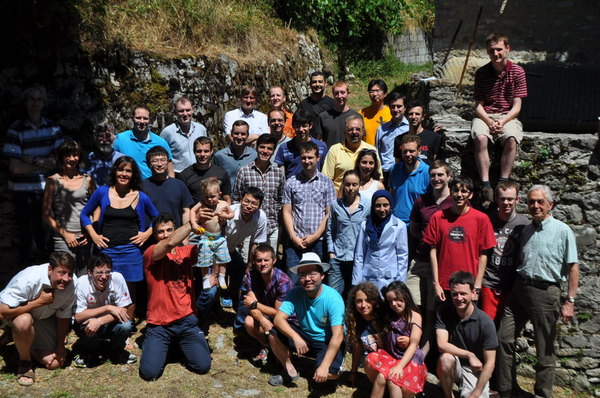
The eighth “Quantum Monte Carlo in the Apuan Alps” international workshop took place from the 27th of July to the 3rd of August 2013. The participants spent four hours each morning listening to talks on quantum Monte Carlo and related matters, followed by afternoons of mountain walking, caving, canyoning and other activities.
The vitality of research in this field was confirmed by the extremely wide variety of applications discussed, which included high-pressure solid hydrogen, rare gas crystals, biomolecules, ultracold atomic gases, water clusters, water-acene complexes, the design of metal alloys, hexagonal boron nitride, point defects in semiconductors and wide-band gap oxides, molecular crystals such as para-diiodobenzene, proton disorder in ice, nanocrystalline alumina, electron-hole systems, the metallization of solid helium, the binding energy of bilayer graphene, correlation-bound anions and organic diradicals, methane binding in ice clathrates, and (for the first time) the high-Tc superconducting cuprates. Wagner’s talk on this latter subject – in which he showed highly-accurate DMC calculations of the spin-lattice coupling in the real material (as opposed to a model system) for the first time – was particularly interesting. He found that some lattice degrees of freedom depended strongly on the magnetic state, and that the spin-lattice coupling was removed with 25% doping. Considerable attention was also paid to computing weak interactions such as van der Waals in QMC; talks by Tkatchenko, Benali, Ambrosetti, Deible, Gillan, Jordan, Mostaani were all devoted to this topic in one or another, and showed the very considerable superiority of QMC results over DFT in this area. As the power of available computers and the sophistication of the algorithms and software increases, it is clear that the size and complexity of the systems that can be treated within QMC continues to rise rapidly. A number of researchers, including Gillan, Wagner, Maezono, Towler, and Alfè are particularly active in pushing the boundaries of what calculations can be done for real systems on large computers.
A number of more technical questions were addressed. These included forces and correlated sampling, finite-size effects, direct incorporation of light nuclei at the quantum level in DMC calculations, maximum probability domains in crystals, and the use of CASINO on systems containing GPUs. A number of speakers such as Tim Mueller stressed the need for using QMC to generate publically-available databases of highly accurate results – for examples of formation energies – and the subsequent requirement for developing methods for doing ‘high-throughput QMC’. QMC is ideal for such databases – which need only be created once and would be useful for a very long time – not only because it produces highly accurate energetics, but because it scales well with processor
number and system size and because it works for ‘everything’ (molecules, metals, insulators, semiconductors..). Mueller’s talk had the interesting and surprising conclusion that – given suitable recipes and workflow improvements -‘by 2016-ish we should be able to calculate QMC energies for every known inorganic material on a single supercomputer in (roughly) about a week‘.
A significant number of people in groups in London and Cambridge are involved with stochastic Monte-Carlo approaches to classic quantum chemistry techniques such as CI and coupled cluster, and these efforts were the subject of a number of interesting talks by Spencer, Thom, and Vigor. The FCI-QMC technique can reproduce the results of full CI calculations (for a given finite basis) essentially exactly but in considerably less time, and it is now possible to calculate energies for systems very much larger than was possible before. The stochastic coupled cluster technique discussed by Thom can reproduce large coupled cluster calculations much more quickly; it is considerably simpler to implement than deterministic coupled-cluster, and is feasible on workstations and very parallelizable.
On a lighter note, notable athletic achievements by the group included the ascents of Monte Matanna, Monte Palodina, Pania della Croce, and Monte Forato, the exploring of the Neanderthal cave (Grotto dell’Onda) and the Cave That Screams, and the penetration of the Turrite di San Rocco and Orrido di Botri canyons. They were the first group to reach the fortress of Trassilico from San Luigi, and ascended a small hill with a nice view near San Pelligrinetto.
Edgar Engel became the first person since pioneers Evans and Towler to reach the Fat Boy Filter in the cave of Cascaltendine by heroically free-climbing the 60 foot wall of the final waterfall chamber. As the opposition fielded their best team (for once) our heroes suffered an embarassing 15-4 hammering by the thrusting young village lads in the fourteenth “Vallico Sotto Against The World” football match (utter humiliation being avoided only by four goals from deadly striker Bartomeu Monserrat-Sanchez). The football was followed by fireworks, dinner, and the Great Rock and Roll Face-off, in which trainee Jerry Lee Lewis impersonator Mike Towler and girly choirboy Alex Thom competed to see who could sing ‘She Was My Baby (He Was My Friend)‘ in the least convincing rock’n’roll style. Needless to say, an almost unanimous vote by everyone except his own loyal daughter Saska voted Towler as by far the worst singer. The other days were concluded with evening discussions and dinner, and on Tuesday, by a trip to the Vallico Sopra Festival where the participants ate local delicacies such as necci, migliecci and pitonca, learned how to dance the Moresca, and observed demonstrations of interesting agricultural techniques.
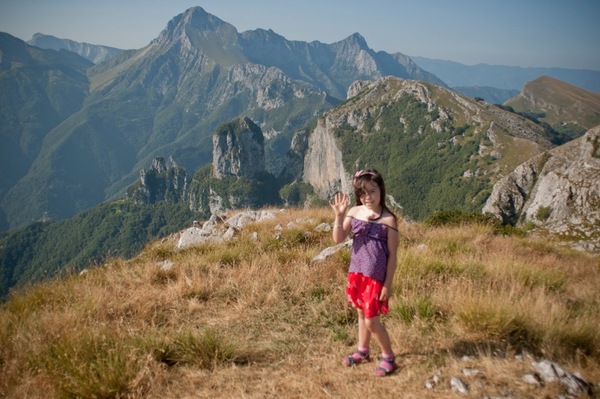
- Participant photos :
– Gareth Conduit
– Jonathan Lloyd-Williams
– Lisa Johnson-Davies
– Frida Tkatchenko
– Mike Towler
– Peter Townsend
– Will Vigor
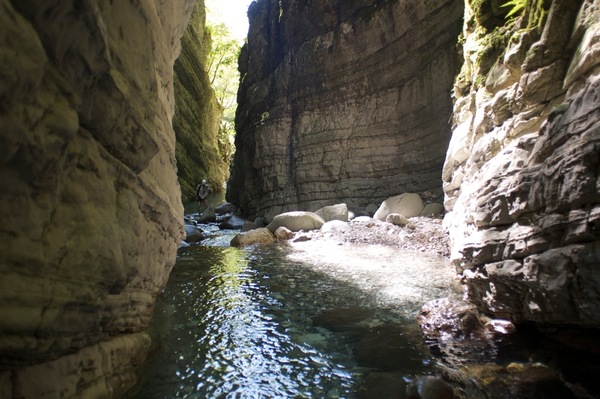
List of participants
Dario Alfè, Alberto Ambrosetti, Sam Azadi, Anouar Benali, Pascal
Bugnion, Mauro Causà, Gareth Conduit, Mike Deible, Andrea Droghetti,
Neil Drummond, Edgar Engel, Elif Ertekin, Matthew Foulkes, Mike Gillan, Richard
Hennig, Kenta Hongo, Ken Jordan, Jonathan Lloyd-Williams, Pierre-Francois Loos,
Matthew Lyle, Martin Krupicka, Ryo Maezono, Natalia Matveeva, Bartomeu
Monserrat-Sanchez, Elaheh Mostaani, Tim Mueller, Richard Needs, Joshua
Schiller, Luke Shulenburger, James Spencer, Jian Sun, Alex Thom, Alexandre
Tkatchenko, Mike Towler, Peter Townsend, Tack Uyeda, William Vigor, Anatole von
Lilienfeld, Lucas Wagner (CANCELLED: Dario Bressanini)
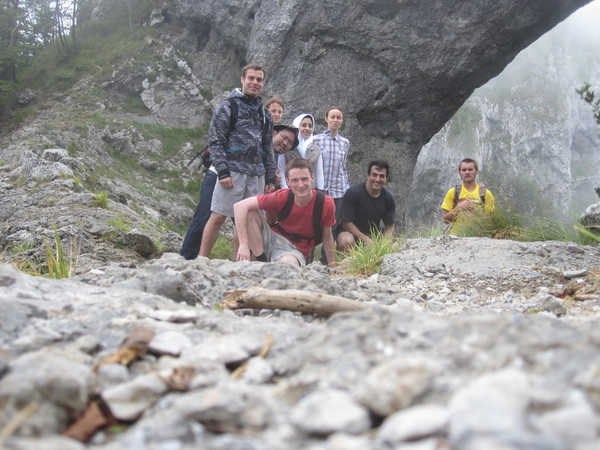
Talks presented
Dario Alfè (d.alfe at ucl.ac.uk)
- “Graphene on Ir(111): growth and thermodynamics from combined experimental and theoretical methods” – NOT AVAILABLE
Alberto Ambrosetti (ambrosetti at fhi-berlin.mpg.de)
- “Long range correlation energy from isotropically damped Quantum harmonic oscillators” [PDF]
Sam Azadi (s.azadi at imperial.ac.uk)
- “Quantum Monte Carlo study of high-pressure solid hydrogen” [PDF]
Anouar Benali (abenali at alcf.anl.gov)
- “Quantum Monte Carlo calculations of many-body van der Waals forces in rare gas crystals and biomolecules” [PDF]
Pascal Bugnion (pob24 at cam.ac.uk)
- “Spins, superfluidity, and ultracold atomic gases” [PDF]
Mauro Causà (mauro.causa at unina.it)
- “Correlated maximum probability domains in crystals” [PPT]
Gareth Conduit (gjc29 at cam.ac.uk)
- “Concurrent materials design” [PDF] (password protected)
Mike Deible (mjd87 at pitt.edu)
- “Quantum Monte Carlo studies of water clusters and water-acene complexes” [PDF]
Andrea Droghetti (drogheta at tcd.ie)
- “A DFT+model Hamiltonian approach to zero-bias transport in nanostructures: work in progress” [PDF]
Neil Drummond (n.drummond at lancaster.ac.uk)
- “Electronic structure of two-dimensional crystals of hexagonal boron nitride” [PDF]
Elif Ertekin (ertekin at illinois.edu)
- “QMC for point defects in semiconductors and wide-band gap oxides” [PDF]
Matthew Foulkes (wmc.foulkes at imperial.ac.uk)
- “Forces and correlated sampling in DMC” [PDF]
Mike Gillan (m.gillan at ucl.ac.uk)
- “Quantum Monte Carlo benchmarks for weak non-covalent interactions” [PPTX]
Richard Hennig (rhennig at cornell.edu)
- “Computational discovery and design of materials for energy technologies and electronic devices” – NOT AVAILABLE
Kenta Hongo (kenta_hongo at mac.com)
- “Finite-size effects in diffusion Monte Carlo simulations of para-diiodobenzene” [PDF] (password required)
Ken Jordan (jordan at imap.pitt.edu)
- “Quantum Monte Carlo studies of correlation-bound anions and of organic diradicals” [PPT]
“Proton disorder in ice” – NOT AVAILABLE
Pierre-Francois Loos (loos at rsc.anu.edu.au)
- “Uniform electron gases: electrons on a ring” [PDF]
Matthew Lyle (mjl78 at cam.ac.uk)
- “Low density nanocrystalline alumina” [PDF] (password protected)
Ryo Maezono (rmaezono at mac.com)
- “Studies of electron-hole systems using DMC” [PDF]
Natalia Matveeva (matveeva.na at gmail.com)
- “Localization of an impurity in a bilayer system of dipoles” [PDF]
Bartomeu Monserrat Sanchez (bm418 at cam.ac.uk)
- “White dwarf cooling: electron-phonon coupling and the metallization of solid helium” [PDF]
Elaheh Mostaani (emostaani at gmail.com)
- “Binding energy of bilayer graphene” [PDF]
Tim Mueller (tmueller at jhu.edu)
- “Quantum Monte Carlo for materials design” [PDF]
Richard Needs (rn11 at cam.ac.uk)
- “Decomposition and terapascal phases of water ice” [PDF]
Luke Shulenburger (lshulen at sandia.gov)
- “Status of DMC for condensed phases” [PDF]
James Spencer (j.spencer at imperial.ac.uk)
- “Full configuration interaction quantum Monte Carlo and coupled cluster Monte Carlo: a framework for stochastic quantum chemistry.” [PDF]
Alex Thom (ajwt3 at cam.ac.uk)
- “Linked stochastic coupled cluster theory” [PDF]
Alexandre Tkatchenko (tkatchen at fhi-berlin.mpg.de)
- “Explicit many-body van der Waals corrections to DFT, and how QMC can help to develop them” [PDF]
Tack Uyeda (tueeeda at jaist.ac.jp)
- “Ohmic contact on diamond semiconductors” [PPTX]
William Vigor (w.vigor11 at imperial.ac.uk)
- “Accelerating Full Configuration Interaction Quantum Monte Carlo” [PDF]
Anatole von Lilienfeld (anatole at alcf.anl.gov)
- “Preaching on first principles views on chemical compound space, atom-centered potentials, and statistical learning” [PDF]
Lucas Wagner (lkwagner at illinois.edu)
- “Can we understand the high-Tc superconducting cuprates from first principles?” [PDF]
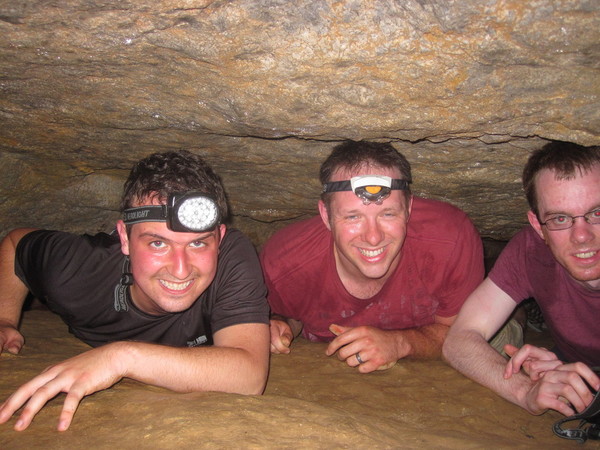
Comments
- “The conference was absolutely incredible. I hope to be back next year.”
- “Thank you so so much to all of you guys for giving us the opportunity to get
to know such a wonderful (and almost unreachable, at least at the first
attempt) place as it is Vallico di Sotto and the whole Apuan Alps area! What
an experience, it really make us change from the inside. I don’t know if it
has to be with the lots of fresh air you get there, or the amazing food , or
the awesome company , or all the wise that concentrated there at the
Monastery, or the figs …maybe it was all these things together, but at
least [my husband] and me , we both feel full of energy and optimistic (maybe a
couple of pounds heavier , doesn’t matter, :o) just ready for what next,
simply great!”
- “I didn’t see you yesterday morning before we all left so I just wanted to
say a huge thank you for putting on ‘QMC in the Apuan Alps VIII’. I had a
brilliant time attending the lectures and going on the excursions and it was
a great privilege to be given the opportunity to interact with so many
distinguished physicists in such a friendly and welcoming environment.”
- “Thanks again for a great conference, and good luck with the summer school.”
- “Thanks again for another wonderful conference.”
- “TTI was very great conference and it was a good experience for me.
I got many interesting suggestions and friends. I want to attend next TTI !”
- “We left yesterday early in the morning and didn’t have the chance to say
goodbye or to thank you and your family once again for your hospitality. I
really enjoy going to your place every time, and although I must say that I
have never been to any other conference (and twice to yours), I cannot
imagine how both science and fun could get any better.”
- “Thanks for organising another excellent conference. I had a great time.”
- “Thanks a lot for hosting us in Vallico Sotto!
You and your family are doing a marvellous thing!
[My wife] and me really enjoyed the meeting and everything
else.”
- “Thanks again for all the efforts, and to Sam and you for including me so
warmly and openly. This was an amazing event, and I very much look forward
to any future get-together. Once the school is over, please do enjoy that
Amarone bottle and tell Sam about the effect of the potential shape on
electronic level spacing. On my ride back I was wondering if one could
visualize such excitations, and even make a sound according to the
frequencies of the levels or their excitations. That might be called the
music of the electrons. Same thing holds for nuclear wavefunctions of
course.”
- “Thanks again for an excellent workshop”
- “Thank you again for all your wonderful organization and opening your home to
us.”
- “We made it home late last night after some long traveling and already miss the valley. Thank you once again for coordinating such an awesome event.”
- “Thanks for organizing the conference last week — it was an excellent
scientific event with great activities.”
- “Thanks very much for organizing the conference, there was a perfect blend of
strong science and opportunities to discuss ideas with colleagues.”
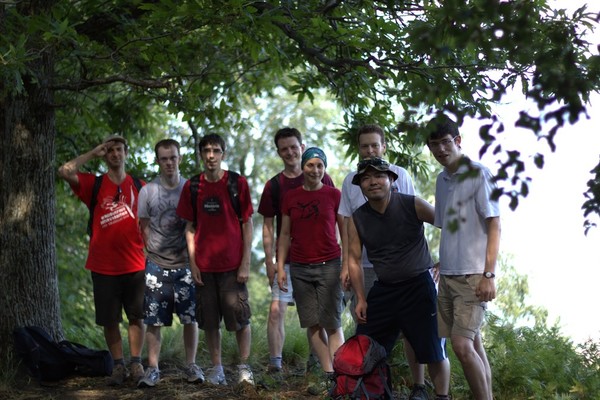
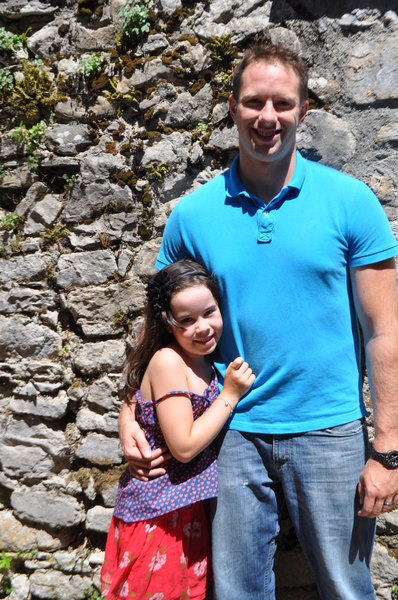
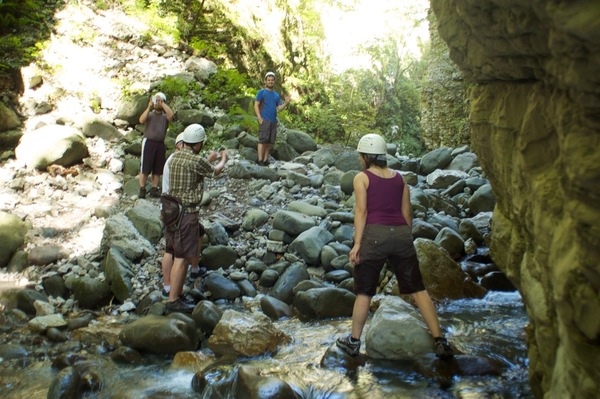
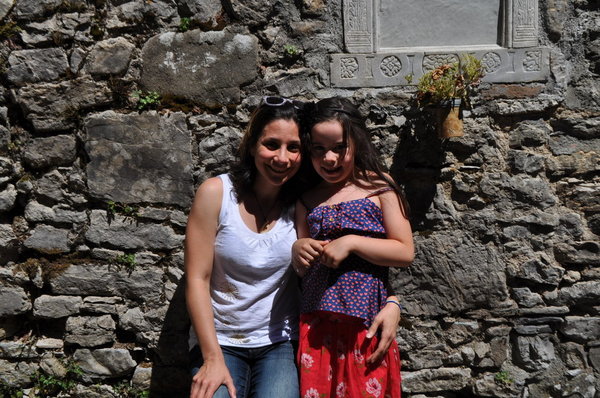
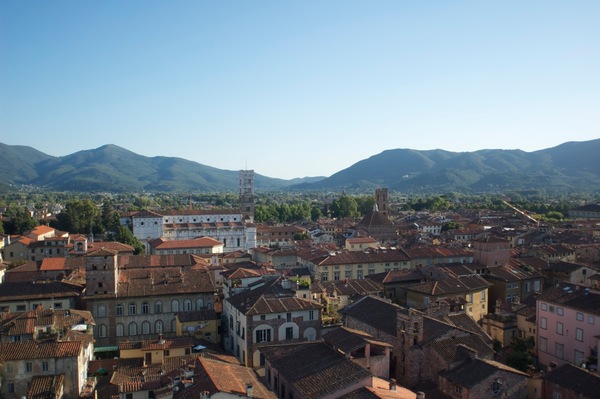
What a very nice report this is (test comment).